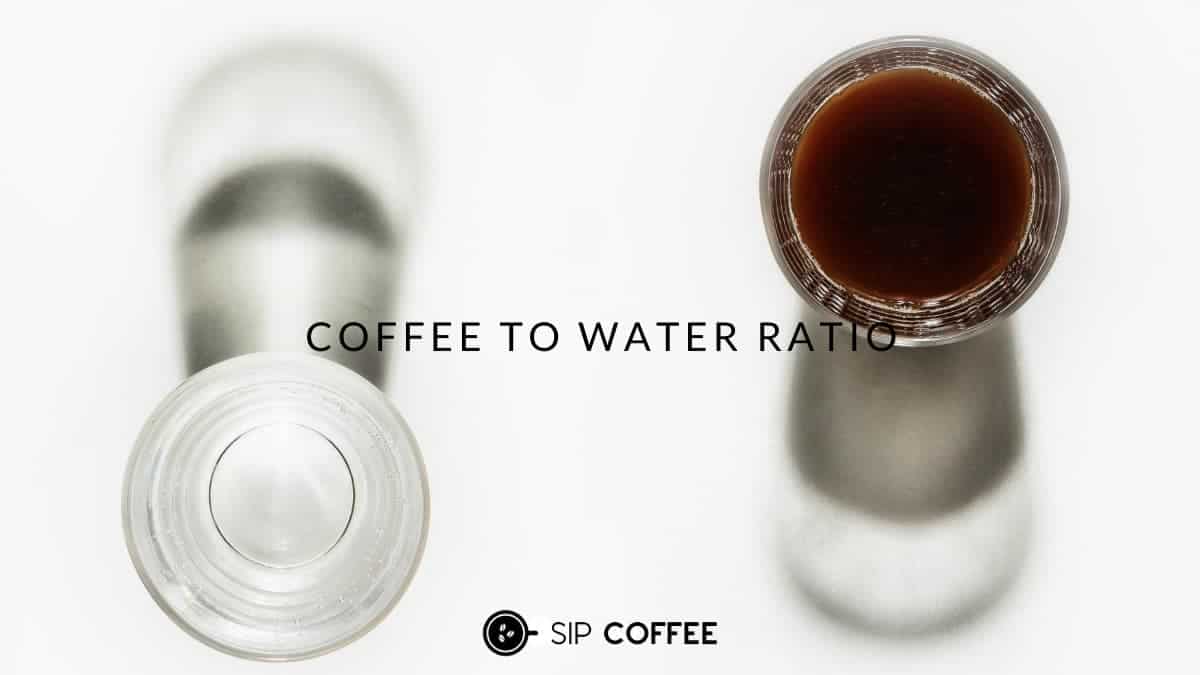Ever taken a sip of coffee only to find it unbearably sour or tasting like wood? The problem might not be the coffee beans or the roaster’s promises but the coffee-to-water ratio. This often misunderstood and frequently misused aspect of coffee brewing can make a significant difference in your cup.
Karen Attman, a coffee professional with a decade of experience working with baristas, farmers, and roasters, emphasizes the importance of getting the ratio right. Ratios are fundamental to achieving that perfect coffee taste. If your coffee has ever been too bitter, sour, or flavorless, the most likely culprit is a faulty coffee-to-water ratio.
To brew a fantastic cup of coffee, precision is key. The best way to achieve this is by using a scale to measure both your coffee grounds and water. Measuring by volume, whether with tablespoons, cups, or lines on a coffee pot, introduces inaccuracies due to the varying densities of coffee beans. Weighing your beans ensures you get the exact amount needed for a perfect brew.
Density matters too. The denser the coffee beans, the more coffee you get per volume. Factors like variety, altitude, humidity, and roast all affect the density of your beans. For example, Bourbon beans are generally denser, and beans grown at higher altitudes take longer to ripen, making them more compact. This density variation can influence the strength and taste of your coffee.
Now, let’s get into the specifics. Coffee-to-water ratios typically range from 1:10 to 1:18. The Specialty Coffee Association recommends 8.25 grams of coffee to 5.07 ounces of water as a standard for cupping. But at home, this ratio can be adjusted based on your taste preferences and the brewing method you’re using.
Different brewing methods require different ratios. For drip coffee, a 1:15 to 1:17 ratio is ideal, while French Press enthusiasts might opt for a 1:12 ratio for a stronger, more full-bodied coffee. Pour-overs commonly use a 1:15 ratio, but this can be adjusted for a more subtle or stronger brew. Espresso ratios vary dramatically, with ristrettos at around 1:1 for an intense shot and lungos at 1:3 for a milder taste. Cold brews generally follow a 1:8 ratio but can stretch to 1:15 depending on preference.
The science behind these ratios influences how your coffee tastes. Total dissolved solids (TDS), which refer to the concentration of coffee solids in your brew, can be measured with a refractometer. While this might sound technical, the key takeaway is that higher TDS results in stronger coffee with more body and clarity. The ideal TDS range is between 18-22%.
Your brewing method also impacts the final taste. French Press, for example, adds significant body but less clarity due to sediment, while pour-overs provide more clarity and highlight complex flavors. Factors like brew ratio, grind size, extraction time, and temperature all play roles in the strength and taste of your coffee.
The so-called ‘Golden Cup Ratio,’ recommended by the Specialty Coffee Association, suggests a 1:18 ratio, aiming for a balanced cup with optimal body, acidity, and sweetness. However, personal preferences vary, and it’s essential to experiment and find what works best for you.
Practice is essential. Keep a coffee journal to note down different ratios, methods, and results to achieve your ideal cup over time. With careful measurements and a bit of patience, you can elevate your coffee brewing game to barista-level perfection.
Understanding and mastering the coffee-to-water ratio can dramatically improve your coffee experience. Use a scale for accuracy, consider bean density, and experiment with different ratios and methods. With practice, you’ll discover the perfect balance that suits your taste.
